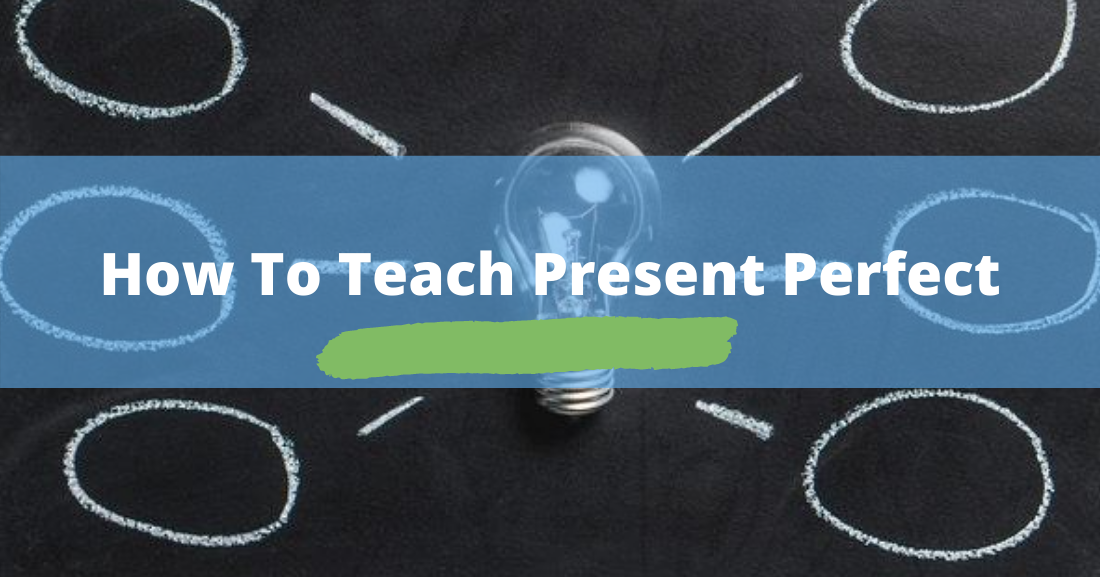How to Teach Present Perfect: Activities and Examples


“My dad got home late from a meeting last night. By the time he came home, we had already had dinner.” The two hads in the same sentence is not only confusing for ESL students, it's also difficult to pronounce. The past perfect tense is formed by the past of the auxiliary verb have plus the past participle of the main verb. This may not sound too complicated, but it’s still difficult for students to grasp exactly why and when this tense is used.
Let’s explain it to them step by step.
Introduce the Past Perfect with a timeline
The best way to grasp the past perfect is to understand that we’re dealing with two events that took place in the past, but one before the other, not simultaneously. Draw a timeline on the board. Mark lines for different hours and tell students this is what happened yesterday. Write down a series of events that took place yesterday and mark them in their corresponding place in the timeline:
I left the school at 6pm.
My husband started preparing dinner at 6 and finished at 7.
I got home at 7:15
Say, “When I got home, my husband had finished preparing dinner.” Show your students how the past perfect tense is formed, and make sure they understand one past event took place before another past event.
Practice the Past Perfect tense
To show your students more examples, go to OurTimeLines.com, where you can generate your own timeline of major historical events. Give examples using any historical events your students can relate to. Now’s a good time to introduce the use of already.
- When you were born, the Internet had already been invented.
- When I finished high school, the Berlin wall had already been demolished.
- When I started teaching, George Bush Sr. had already finished his term as President of the US.
Ask students to provide more examples, comparing historical or past events.
Introduce the Past Perfect tense – Negative forms
Continue using the timeline or comparing past events, but this time make negative statements. Now’s a good time to introduce the use of yet.
- When my grandmother was born, penicillin hadn’t been discovered yet.
- When I was born, the Internet hadn’t been invented yet.
- When I finished high school, I hadn't started teaching yet.
Ask students to provide more examples.
Introduce the Past Perfect tense – Interrogative forms
Use the same timelines to ask your students questions:
- Had the Internet been created when you were born?
- Had you started learning English when you finished high school?
- When did you get your first job? Had you learned to drive a car yet?
Encourage students to ask each other questions. If necessary, give them prompts:
T: The Internet was invented in 1973.
S: Had it been invented when you were born?
Introduce the Past Perfect tense – Short answers
Have students ask you questions and introduce short answers:
S: Had cell phones been invented when you were born?
T: No, they hadn’t.
S: Had penicillin been discovered when you were born?
T: Yes, it had.
Students continue taking turns asking each other questions and replying with short answers.
Contrast Past Simple and Past Perfect
Make sure that students understand which clause has the verb in simple past and which has the verb in past perfect. Usually the clause that starts with when or by the time has a verb in simple past. This is the perfect worksheet to practice this contrast. Here’s another Past Perfect activity for further practice.
Once your students have grasped this tense, give them plenty of opportunities to use it on a daily basis. The problem with the past perfect is that students tend to forget it; they don’t use it, and so it simply slips away. They must understand that using complex tenses takes their English to a whole other level. Check out our Past Perfect worksheets for more activities!